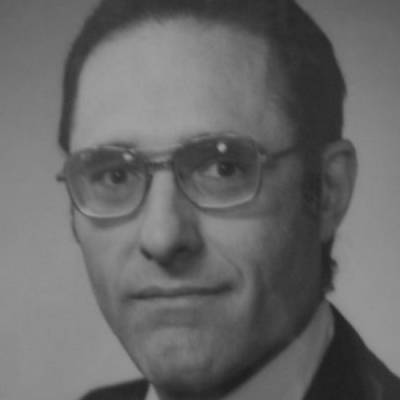
Julian Braun
Childhood
Born on September 25, 1929, in Chicago, Julian Braun displayed an early aptitude for mathematics and science. He earned dual Bachelor of Science degrees in Mathematics and Physics from the Illinois Institute of Technology. After serving in the Marines, he pursued postgraduate studies at San Diego State College (now San Diego State University) before working at Chrysler’s Missile Systems Division in Detroit.
Career
Braun joined IBM in 1961, where his access to powerful computers allowed him to refine blackjack strategies. His contributions include:
- Programming for Beat the Dealer (2nd Edition) – Braun improved Edward O. Thorp’s original calculations, making card counting more accurate.
- Developing Lawrence Revere’s Systems – His simulations formed the basis of Revere’s Point Count, Advanced Point Count, and +/- systems.
- Co-Creating Hi-Opt I & II – Alongside Lance Humble, Braun designed these advanced counting systems.
- Authoring How to Play Winning Blackjack – His only book, now a rare collector’s item, distilled decades of research into practical strategy.
Braun’s simulations ran 9 billion hands on IBM mainframes, a staggering feat in the 1960s. His work proved that blackjack could be beaten with the right strategy, shifting the game from luck-based to skill-based.
Personal life
Braun was a reserved man, preferring solitude over fame. He never married and had no children. After retiring from IBM in 1987, he traded commodities from his Chicago apartment. A chess enthusiast and stamp collector, he lived quietly until his death on September 4, 2000, from complications of Parkinson’s disease.
Revenue
Unlike modern advantage players, Braun didn’t amass wealth from gambling. His income came from IBM and book royalties, though he reportedly saw little profit from his own work due to publishing disputes.
Interesting facts
- Barred from Casinos – Despite his expertise, Braun rarely played seriously but was once barred for counting cards.
- Controversial Book Chapter – Parts of How to Play Winning Blackjack were written by his publisher, Harry Fund, against Braun’s wishes.
-
First Blackjack Programmer – Before personal computers, Braun was the only person running complex blackjack simulations on IBM mainframes.
Legacy
The Foundation of Card
Counting
Braun’s calculations remains the backbone of the blackjack strategy. His influence is seen in Thorp’s Hi-Lo Count
Revere’s Point Count
Humble’s Hi-Opt I & II, Modern software-based blackjack analysis
Frequently asked Questions
No. Braun was primarily a mathematician and programmer who used simulations to perfect blackjack strategy. He occasionally played but never relied on gambling for income.
How to Play Winning Blackjack had a limited print run. His publisher retained rights, preventing reprints. Copies now sell for hundreds of dollars.
His computer simulations proved that card counting worked, refining Thorp’s original strategies and enabling modern counting systems.
Not significantly. He earned a salary from IBM but saw little profit from his book due to publishing disputes.
He helped develop multiple systems, including Hi-Opt I & II, but personally preferred the Hi-Lo count for its simplicity.
















